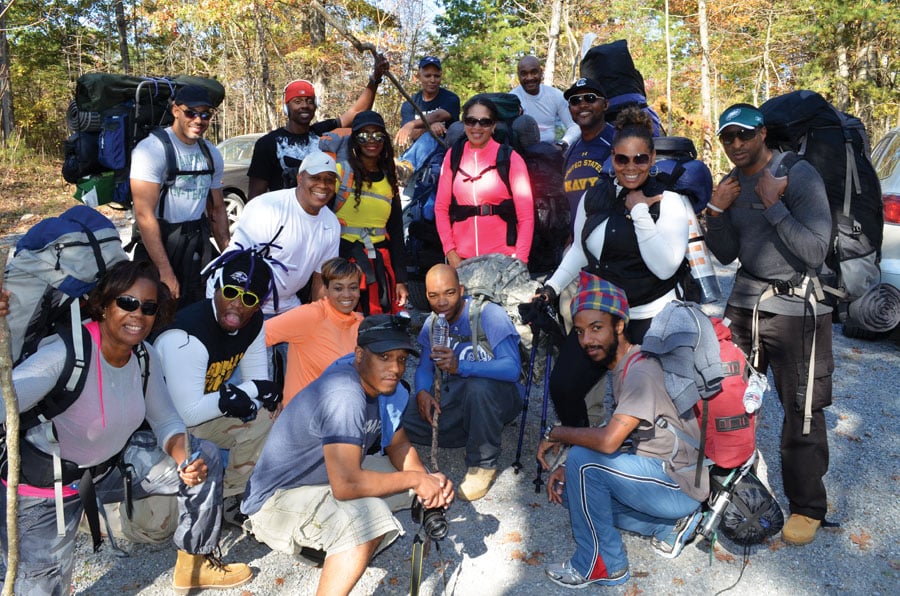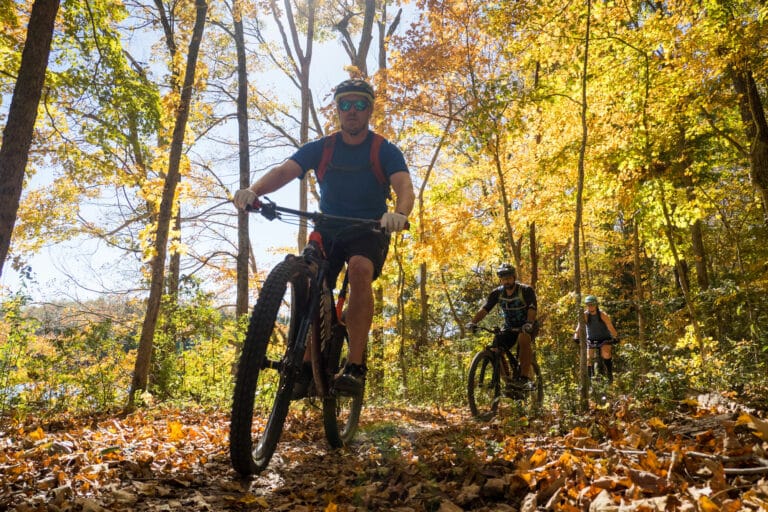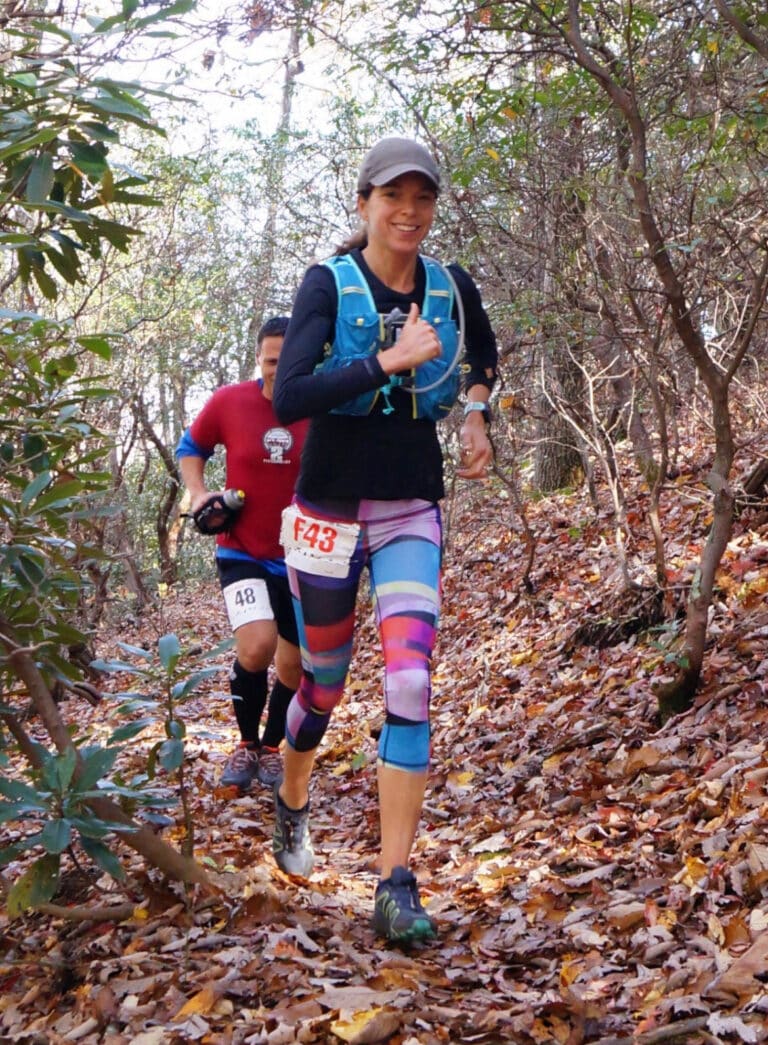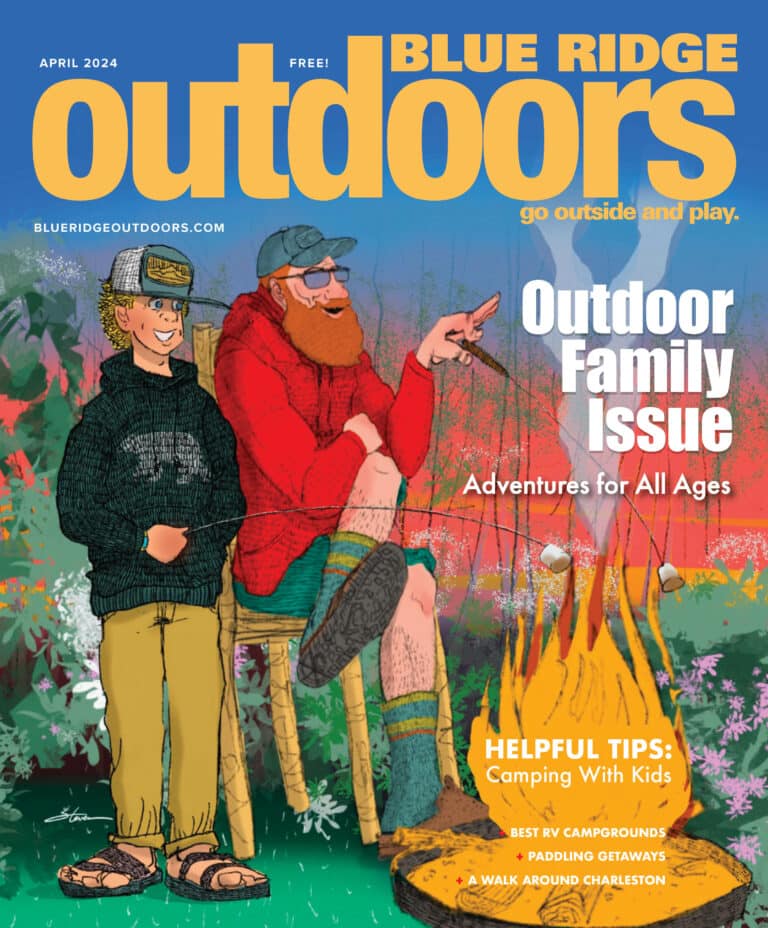(AND HIKE, AND PADDLE, AND SKI). IT’S TIME FOR THE OUTDOOR COMMUNITY TO START ACKNOWLEDGING THEM.
There aren’t many African Americans in outdoor sports. This should bother all of us.
It bothered D.C.’s James Goodwin so much that he decided to do something about it.
“I would always hear people saying they went out hiking and there were like 25 people, but I was the only black person there,” says Goodwin, founder of Goombay Adventures. Founded in 1988, Goombay Adventures caters primarily to African Americans who are interested in the outdoors but don’t quite know where to start. “You feel more comfortable when you go to an event and you’re not the only African American in the group.”
Goodwin grew up camping and has been way into adventure sports since college. But for as long as he can remember, he’s been fighting the notion that African Americans just don’t do that sort of thing. “I heard it from African Americans and from white people,” he says. “I constantly heard, ‘We don’t do this, or we don’t do that.’”
If there’s some truth to this perception, he primarily chalks it up to two things: cultural norms and access. “People in the inner city weren’t introduced to outdoor sports when I was growing up,” he said. “We just haven’t been taught to do it. It’s out of our comfort zone. Everyone does things that their parents or grandparents teach them. But if you’re from the inner city, you don’t have that many options.”
African Americans seem to be off the radar screens of those who market outdoor sports. “Because a lot of adventure companies don’t particularly target minorities, we don’t see it as much, so we don’t gravitate toward it,” Goodwin says. For example, he rarely sees skiing advertised in publications aimed at African Americans.
Despite these obstacles, there are signs of progress. For one thing, Goodwin says, these days it’s easier to get African Americans to sign up. Goombay Adventures runs about 12 trips a year, including backpacking, rock climbing, and skiing. Most trips are local, although they are planning to ski in Iceland this year. And the group’s efforts are paying off.
“Once African Americans see pictures on social media or whatever, they want to come and participate,” Goodwin says. “They see all these adventure shows and they like the idea, but they want to do it with people they’re comfortable with. It’s about changing their mindset.”
Najeema Washington, co-founder of Black Women Bike, echoes the call for a paradigm shift. Her group, members of which hail from Maryland, Virginia, and Washington D.C., seeks to build community and interest in biking among black women. Its certified biking instructors lead trips and give instructional talks, and the group pushes tirelessly for additional bike lanes and other cycling-friendly policies.
Such efforts are noble, but widespread misperceptions about race, class, and gender sometimes get in the way. “The idea is that it’s affluent whites or hipsters who are getting around D.C. on a bike,” she says. That notion is held both by the general public and—perhaps more damagingly—by officials in community organizations and even the city government. “The truth is, you can come to different parts of the city and see there are people of color biking all around.”
Still, practical barriers abound. Even middling bikes and gear aren’t exactly cheap, and bike lanes are rare to non-existent in lower-income areas—especially inner cities. And even if you’re interested, good luck finding a bike shop anywhere near a lot of urban neighborhoods.
Still, Washington is hopeful. “We’ve reintroduced people to biking, raised the profile of black women on bikes, and raised the profile of various issues that low-income people have to overcome for transportation,” she says. “It would be great to see people of all races get together with a common love of participating in outdoor activities. In the end, people just want to get out there.”







